-
Posts
1,643 -
Joined
-
Last visited
Content Type
Profiles
Forums
Blogs
Gallery
Events
Everything posted by oldtuckunder
-
my initial thought was that a twin wall tube would resist fracture and buckling better than a single wall of same thickness, rather like when using an internal spring to bend a pipe. i dont have time to do any digging but my first hit seems to have some partial answers in that direction alan https://physics.stackexchange.com/questions/12913/hollow-tube-stronger-than-solid-bar-of-same-outside-diameter-o-d/12919
-
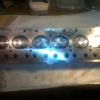
Nick & Chris's Gt6 Mk 3
oldtuckunder replied to Nick Jones's topic in Members Cars and Project threads
dont need seals on exhaust stems unless you have a massive timing overlap, when inlet valves open you can suck oil down a stem, when exhaust opens you have positive pressure around the valve should push oil up around the stem. ok possible a bit of oil being dragged down exhaust stem as it opens but...... alan -
i keep a roll of http://www.repairingproducts.co.uk/product/kraken-silicone-repair-leak-tape-size-24mm-x-3-6m/?gclid=EAIaIQobChMIl4Ov6v-l4wIVRTbTCh0Aiw0BEAQYAiABEgKqxvD_BwE in the tool box, apart from hose fixes i repaired the cover of a cv joint that had splitfor one of the local lads, mot tester passed it as it was sealed aginst the ingress of dirt or water alan
-
unfortunately after a decade of Tory Council budget cuts we don't seem to have any of those left within striking distance! alan
-
hopefully like the brexit deadline never
-
another couple of tips, even when you have sorted plugs and terminals that will mate. its still fiddly. i carefully smoothed around the hole intothe gear stick and slid a bit of sleeve over the wires, if you can confidently pull the wires up an extra inch or so it can make all the difference, likewise undo the locking collar under the knob all the way an extra bit of wiggle roomalways helps. alan
-
if you have ANY vacuum in the airbox even at high rpms then you have a problem(think about it), air passing through that might pick up and carry any vapour managing to find its way along the pipe from the catch tank maybe, where a bit of pressure from cam or block would encourage the vapour to head down the pipe
-
my set up almost identical to joyhn's and zero problems in competition, did make mistake once in the holy grail of finding mounting places in vitesse engine bay of having pipe with a drop to catch tank, lots of oil condensation occurred that then ran the wrong way and mixed with the water condensation stopping it get away and forming a nice emulsion quite quickly, we live and learn! IMHO the last thing you want in the crankcase is negative pressure as the only way you will get that is sucking and at anything other than idle you don't want to be sucking whats flying around inside there. hopefully the crank breather pipes let the pressure trend toward neutral. never liked the later rocker cover feed to su carb set up designed to get carbs and inlet manifold mucky. the early frying pan pcv that sat between rocker and inlet manifold post carb on vitesse and gt6? was actually a very clever device opening and closing exactly when required. if i ran a standard roadgoing engine i would retain it in favour of any other option. alan
-
not the clearest of images( the black foam box hiding some detail, it was a remote filter box from when i was playing with a solenoid valve driven from a map sensor to open a direct air supply into the inlet manifold post carbs when from data logging i could see that above 6.5k rpm was starting to get reduced map readings with rich afr's. i.e 1.5 carbs were a restriction. it worked! but was a bit complex pipework and wiring wise, but if you had to run in a class that restricted choke/carb sizes to original it did work and neatly dodged the regs, as nobody had thought that anyone would open holes in the inlet manifold to get more air/fuel in then i bit the bullet went modified class and fitted 1.75 carbs but anyway back to the oil/water exchanger i used an audi quatro one its above between the oil filter and the mocal remote filter head. oil feed/return comes from the adaptor plate down in bottom right, and coolant supply (pipes hidden by exchanger) takes the inlet/outlet pipes between the water pump housing and the inlet manifold(which happen to be the right bore to mate to the heat exchanger. works very well both warming oil up quicker and keeping it cooler. alan
-
i agree, but with an oil temp gauge fitted so results can be measured and about £20 worth of materials that don't need to be permanently fixed or require mods to the original components i'd probably waste a couple of hours experimenting. probably been one of my life flaws, wondering "what if" alan
-
i don't think anyone has said its not an option, and i use an oil/water heater exchanger which works very well but is slightly more plumbing. but it is always interesting looking at other posible options to achieve a result, and on the efficiency of fins take a quick look at the average air cooled motor cycle engine, you don't need a huge amount of fin to get rid of quite a lot of heat. alan
-
hi john you seem to have missed the ribbed alloy fins in my above to greatly increase the surface area exposed to the air. the paste promotes the conduction between the sump metal surface and the finned alloy which is exposed to the air on the surface of the sump pan, just look at those very expensive cast alloy sumps with extra fins on i'll bet a bunch of cheap heat sink blocks would have way more surface area in the air stream than a couple of extra cosmetic fins on an alloy sump. . if you doubt the principal pull the covers of an old desk top pc and you will find a finned alloy pad of a few inches square stuck on the cpu with thermal paste exposed to the airflow from a small fan, and they do a remarkably good job of CONDUCTING heat away from the CPU into the air alan
-
dont tack take a leaf out of the book people with real heat problems use https://www.scan.co.uk/shop/computer-hardware/cooling-air/cpu-thermal-paste-pads 2kg tub at £2.39 looks good value find some thinish ribbed alloy sheet and you can do front of sump, back face and LH side, also do bottom if you accept the occasional loss, heat soak away from bottom with pastewould be mega compared with a few weld points as you would have 100% contact. maybe worth looking at pc components for the ribbed alloy, they come in standard sizes and must be produced in the millions and you could cut and apply as and where. https://en.wikipedia.org/wiki/Thermal_grease although called grease it sticks like ........... alan
-
as the old Australian saying goes, "time passes, but fruit flies" it may take you a year or so to find out how it came about, it did me, but if you do it will cause you a chuckle. unfortunately now having read it you are condemned like me that when someone says "doesn't time fly" your brain (or mouth) will immediately go "no time passes, but fruit flies" alan
-
some observations. a bit like nick i was intreagued by the steep/short torque curve(although one has to be careful just looking at a picture not to jump to false impressions). however as th he a reasonable standard 4pot 2100 engine i think makes around95ftlbs at around 4500rpm, your approx 140 at 3500 is a good number and slap bang in the middle, however it did make me ponder your comment from earlier in the year about number of gear changes you were making, as from that torque curve i suspect there may be a feeling of pulling strongly and then dying, changing up or going into overdrivethen dropping you back into the torque band and away you go again. that sort of torque at 3500 is goog(wish i had had anything near that on the vitesse, but probably not if the band was so short around it. another thing i noticed was the similarity between the torque curve and the AFR curve, assuming i'm reading it right the throttlr is being opened smartly at around 2k if you look at the afr trace you will see that they start heading for the floor dropping to towards 11(i would consider that a tad rich, infact if you the compare the AFR curve with the torque one you will see that as the afr's lean up towards 12.5/13 the torque starts coming in strong and follows the same profile up to max at up around 3500, where afr is around an ideal 12.5/13 for power acceleration.now of course we can't go on getting leaner to extend flatten the torque curve, but it did make me wonder if the fueling was better from 2500 it torque would be building sooner and the curve flatter. unfortunately as you say you don't know what cam is fitted or i assume timed, but with a dial gauge you could get a reasoable measurement and compare with some regular TR CAM numbers, your not after finding out its exact profilebut more a couple of critical lift points and their timing, may give you an idea if something radical has been fitted. on the fueling whilst without being able to measure afr's its all seat of the pants, from that afr curve i might be playing with initial piston lift damping to see if i got better WOT response, but also just to be contrary rather than playing with the damping i might also be playing with the timing a bit and watching the afr's a degree or so more advance can sometimes give a much better burn. unfortunately you have now reached either the trial an error point or you need more data about what is happening, as they say"information is power" from those graphs there is more to be had from that engine without trying to turn it into a reving fragilescreamer, just something with a good power band upto your i think sensible low 5k limit. i wish you luck alan
-
if you regard this site as a virtual reference library containing the hard learnt and researched knowledge and on the whole facts not opinion of many who probably with Triumph and other mechanical forms of OCD have gone before, but like a real reference library you have to do your own research, the chances of the original authors loitering in the lobby waiting to engage in conversation on something they wrote about a decade before are slim, but it does happen! surprisingly the content does seem to keep up to date on many fronts with modern developments and is not a fossil record of what used to be. i have learnt much in recent years from historical and current contributors, and have hopefully left a few of my own contributions. so use, share, contribute. but its not twitter or facebook, a reply a week or a month later from someone who posted years before i think should be regarded as virtually instantaneous. if you spend some time here there is still an active constituency who will always help if they can, but probably won't do the leg work for you or feel that every posting deserves or should receive a response just for the sake of it. enjoy! alan
-
my mind went the same way as Nick, well at least two honourable members alan
-
Unfortunately Terminal Health and impending departure from this mortal coil forces sale of race built 1972 MK4 triumph spitfire Again thanks to Sideways for letting me post lots of words and pictures(only a couple more to go!) Former Martyn Adams 1990’s/2000’sTSSC/TRR Championship Car, just recommisioned for Sprint Hill Climb championship, but easily returned to circuit use specification. 1972 car with V5, developed and raced during 90’s, rebuilt on refurbished chassis circa 2000 with Jigsaw supplied body tub/roll cage, lightened tub, with fibreglass panels, doors, roof, bonnet MORE PICTURES BELOW, AND MORE TO FOLLOW (IF I CAN FIND THE FOLDER!) Engine Ken Riley tuned engine set up by famous mini racer peter/Peter Burgess 1300 “small crank”block lightened/balanced Cooper S rods, MahleVW pistons Titon Roller Rockers Custom Tubular Push Rods Isky dual rate Valve Springs 264 cam Ported head Twin Weber 38 dcoe carbs on TT manifolds Competition 4 branch exhaust system Large alloy crank & alternator pulleys Large water pump pulley New thermostatic oil cooler adaptor Custom wide 3 core radiator Lumenition electronic ignition New hi-Torque Starter Motor Omec rev limiter/launch control Transmission Steel inset lightweight alloy flywheel, with AP Racing clutch cover and sintered plate. GT6 gearbox in 3 rail housing with rare alloy bell housing Heavy duty propshaft 4.55:1 Quaife Torque Biasing Differential Long shaft swing spring drive shafts on shortened uprights Suspension/Brakes All just fully stripped and refurbished Quick rack on alloy mounts New rod ends, ball joints, trunions Jon Wolfe nylon wishbone bushes and bolt set New adjustable top wishbone arms GAZ height/ride adjustable dampers GT6 Front Uprights, stub axles and bearings New uprated 12mm xlong wheel studs and nuts all round Rare early calliper mounting brackets (will take Girling M16 or Lockeed 4 pot Callipers New M16 Brake Callipers, new Discs and Mintex 1144 pads Additional spare setLockheed Princess/Capri 4 pot callipers (need refurbishment) Goodrige braided hoses Refurbished master cylinders new slave cylinders Hydraulic circuits flushed, DOT 4 racing fluid Period Revolution 4 spoke Alloy Wheels shod with Yokohama Advan 032 and A048 Spare set great condition Wolfrace Super Slot Alloys (unshod) Misc Full welded in Cage/ROPS (meets current MSA/Motorsport UK Pre-95 Built/Registered specification) Competition Seat, Harness, Plumbed in Fire Extinguisher System (all fine for Speed events would need replacement if returning to circuit use) FHR Exempt, pre-1977 Period Defined Removable Hardtop, plus tonneau Cover, needs finishing/fitting. Several boxes spares. New Battery 4 wheel Bateson Trailer MAY also be available (not included) Just recommisioned for intended use in TR Register Sprint Hill Climb Championship Class 3A Modified < 200 bhp/tonne, but eligible for a number of otherModified Production (S12) Championships/Classes, or could be easily returned to Classic Race Series use. Some Competition History 1989 – 1991The car was initially race prepared by Nick Bishop and raced in the TSSC race series. 1992 -2004 Prepared and raced by Martyn Adams (to who go many thanks for providing so much background on the car) From 1994 to 1997 it traced it with the TSSC, which ran within the 750MC Roadsports championship. 3rd in class at Cadwell Park, 1997 In 1998 the TSSC ran a mixed season, part with 750MC Roadsports and part with the TR Register. 2nd in class at Silverstone, Snetterton, Oulton & Mallory, 3rd in class at Croft & Thruxton From 1999 to 2003 the car raced within the TSSC 'up to 2 litre modified class' with the TR Register 1999 2nd overall in TSSC Championship, 'Up to 2 litre Modified Class': 1st in class at Cadwell, 2nd in class at Pembrey, Cadwell, Oulton & Zandvoort, 3rd in class at Croft 2000: 3rd in class at Snetterton, Mallory, Cadwell, Silverstone and Donington Park 2001: 1st in class at Pembrey, 2nd in class at Brands Hatch, 3rd at Mallory Park Carsold the car to David Styles at the beginning of 2004,and the last competition records we have for the car are: 2004 BRSCC Donnington Moss TR Register/TSCC Championship 2005 55th Silverstone International Morgan/TR Register 2006 MGCC Donnington Moss TR Register/TSCC Championship 2006 MGCC Silverstone Enduro 100 Kms 2006 56th Silverstone International At this point it appears it went into Dry Storage to emerge just over a decade later looking as though it had just been parked at the end of the last race, and wondering why it hadn’t been out to play for so long. Not long after which it came into my custodianship. This car with a bit of final fettling is now ready to race again! Videos of car at recent Rolling Road session on YouTube @ If you wanted to build a car to this specification today I think you would be easily looking upwards of £10K, but necessity/time means that serious offers in a ballpark of half that will be considered (i.e. way less than parts value), the more I like you the more negotiable I am likely to be! Car is available to view in South Worcestershire. If interested give Alan a call on 01684 593460 Tuning Spitfire Anleitung British Leyland.pdf
-
as this question comes up once in a blue moon, and i have always found the answer on a scrap of paper in a folder, its about time i put it where someone can find it in the future! someone might like to confirm the 2000 number, as im only 95% sure on that, but Vitesse up to HC4500E, GT6 up to KC5000 and 2000 up to MB70000 all had the smaller Main Bearing journals. alan
-
standard lightened, balanced crank with max rods and balanced piston set well happy to 7k(believe me) and mine is the mk1.5 engine i.e mk1 head on later mk1 larger journal crank, smaller journal early mk1 said to spin even nicer. if you are stuck finding amk1 small journal one S&S had amk1 vitesse/gt6engine sat around for not much money a year ago, probably still there? alan
-
just realised that we can rename the thread, instead of May's Brexit Plan we could change it to October's Brexit Plan
-
whilst i believe the world needs to do something about climate change or its fuc!ed(which for the planet inthe long run may actually not be a bad thing, this commitment does even to me seem to be saying to the world that we don't care what you do, but we are going to inflict pain upon our economy. now show me it as part of an economic plan to completely re-invent our economy, manufacturing, training, housing energy profiles, dependence on imported energy, but that's way too difficult for any politicians we have around now, who are only interested in quick fixes and proposals that will have payback in time for the next election. alan












.thumb.jpg.c1a861e44d10f8d74fd72bcb366027b6.jpg)
.thumb.jpg.c18e5f1d2ac8074396ac8b73033c9b4b.jpg)
.thumb.jpg.c6ba866b6d1696a2b7bf3e3505d1ff48.jpg)
.thumb.jpg.b52b9f8f9c6e93ea96be9ae725597bef.jpg)
.thumb.jpg.669d7870d9c630740fbc33eb2a79f614.jpg)
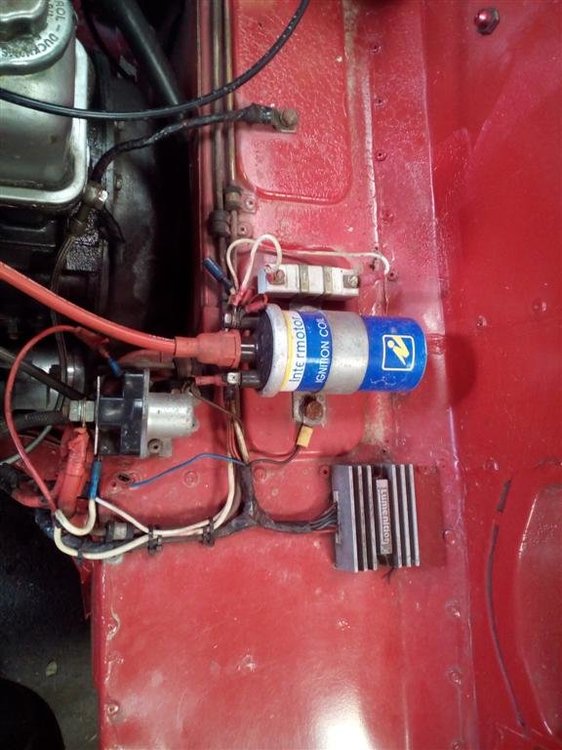














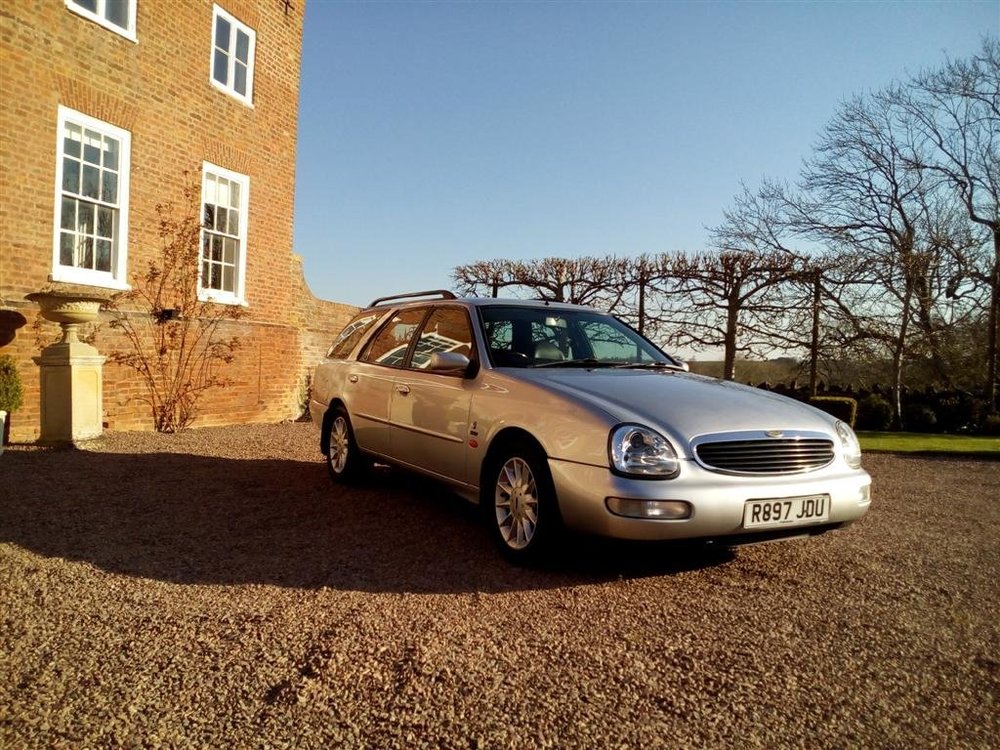
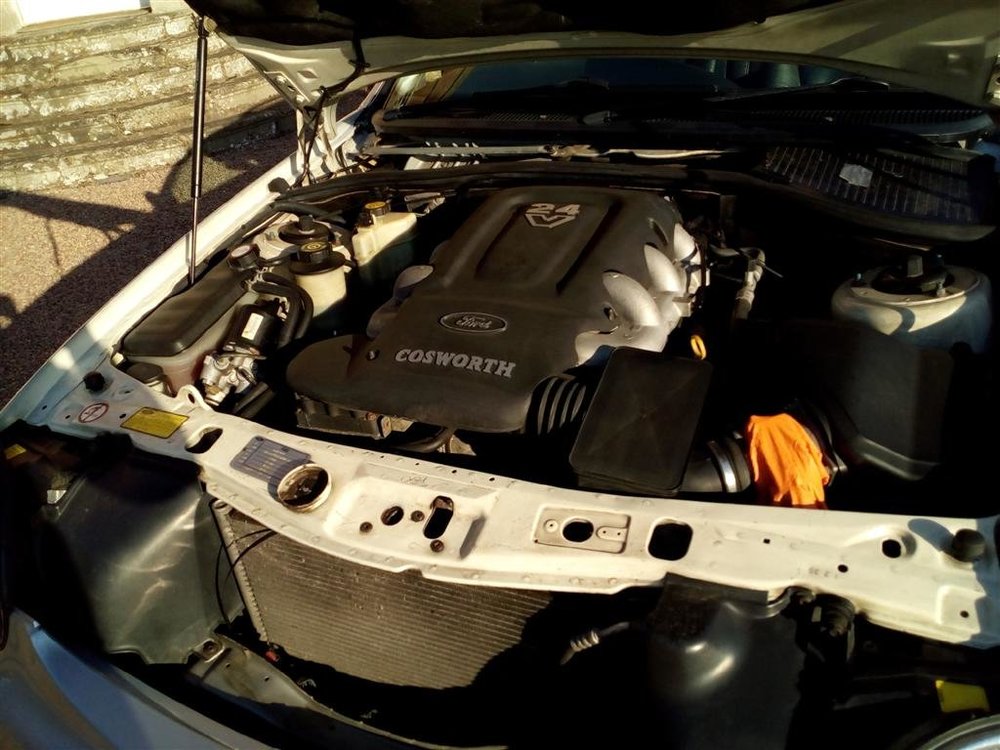
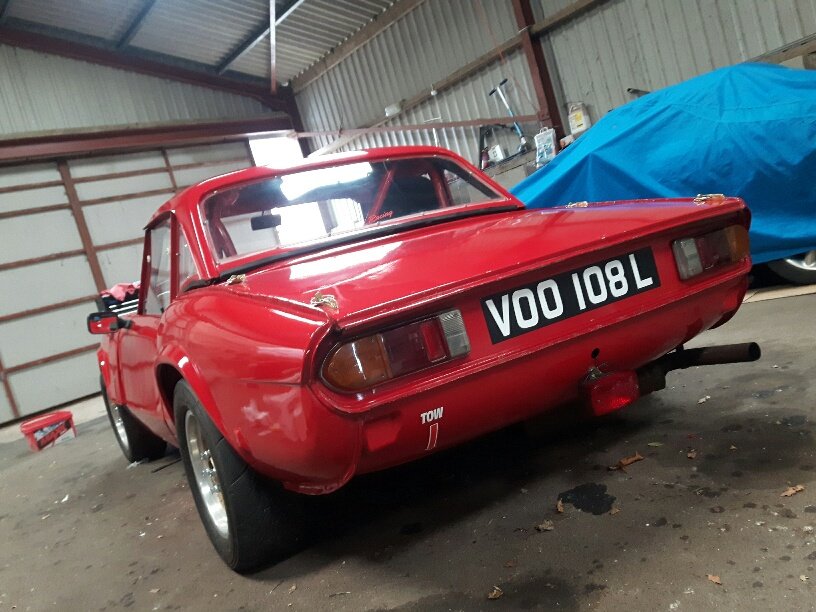






.thumb.jpg.63376e8cc9a3948225859367a735f8dc.jpg)


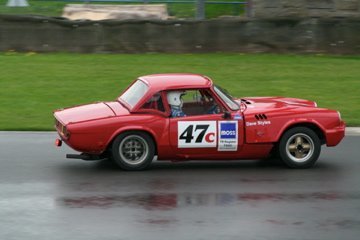
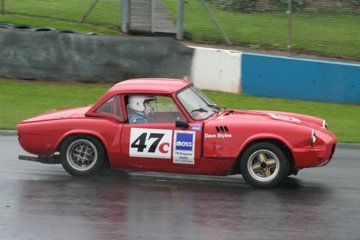


.thumb.jpg.23ec4b500973d0893acf98f4435a59c8.jpg)

.thumb.jpg.c20569b13348fa47138d13471e41f789.jpg)
.thumb.jpg.8f62be075f44b9b87bd5650f5345e422.jpg)





.thumb.jpg.182f186c1b7ea3ccf3425a6a6fd2f8ec.jpg)
.thumb.jpg.88be6e6426979b2af063dfc217696a8c.jpg)

